Euphorbia Stem Rot Issues – Reasons For A Rotting Candelabra Cactus
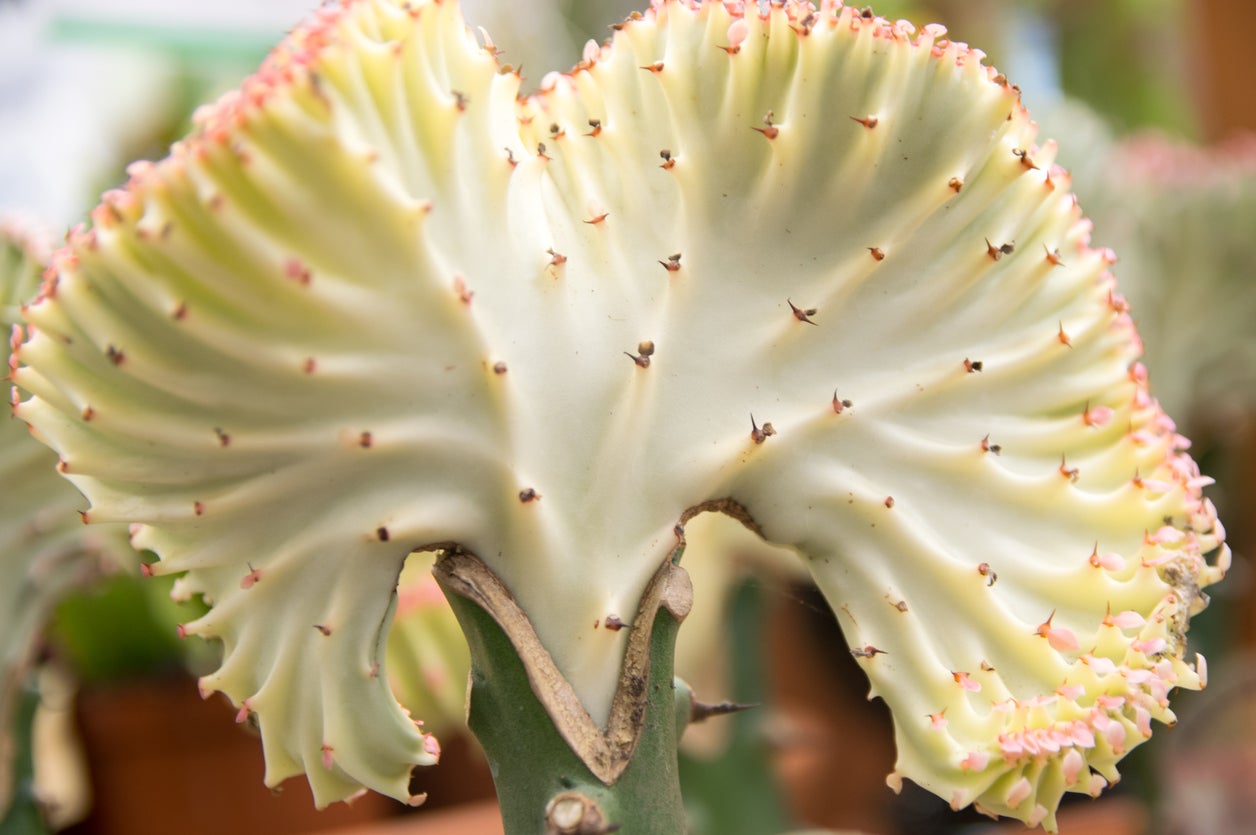

Candelabra cactus stem rot, also called euphorbia stem rot, is caused by a fungal disease. It is passed to other plants and attacks by splashing water, soil, and even peat. The tall stems of euphorbia begin to rot at the top of the limbs once the fungus takes hold. Read on for more information about this disease.
Rotting Candelabra Cactus
The damage is particularly prevalent in plants grown in a greenhouse. Stem rot on a candelabra cactus (Euphorbia lactea), in particular, is often mistaken for corking or sunburn, but it is generally rot. If the brown place is soft, consider it rotten. Remove it from the area of healthy plants and seclude the diseased plant until you can work with it.
The entire stem will normally die. You may be able to cut out around the brown area, but you must make sure to get it all. If the spines are a deterrent, you may remove the upright stem. Removing the stem is the best practice. While it seems a shame, stem rot on a candelabra will continue to spread.
Saving a Plant Affected by Euphorbia Stem Rot
Once the limb is removed, you may remove the rotted area, cut the healthy parts in pieces, and attempt to propagate them. Let the raw ends callous over and dip them in cinnamon before potting in a gritty soil. Sprinkle cinnamon around the open parts where you cut. Seclude infected cuttings.
Unfortunately, fungicides for this condition aren’t effective and eventually the entire plant becomes mottled and infected. You might keep it healthy enough to survive with new soil sprinkled with cinnamon along with careful and limited watering. Cinnamon has a proven anti-fungal ingredient which often helps.
It is easy to forget about splashing water and soil when you’re watering many plants in the same spot, but try to water at the roots only with a gentle stream or even a watering can. Avoid overhead sprinklers. Allow soil to dry out between waterings. Ensure there is proper air flow between plants.
Be on the lookout for brown spots, especially on the candelabra and other euphorbias growing close by.
Gardening tips, videos, info and more delivered right to your inbox!
Sign up for the Gardening Know How newsletter today and receive a free copy of our e-book "How to Grow Delicious Tomatoes".

Becca Badgett was a regular contributor to Gardening Know How for ten years. Co-author of the book How to Grow an EMERGENCY Garden, Becca specializes in succulent and cactus gardening.
-
 Looking For Plants To Give You The Soft And Fuzzies? Try These 5 Fuzzy Leaf Plant Options
Looking For Plants To Give You The Soft And Fuzzies? Try These 5 Fuzzy Leaf Plant OptionsLovers of texture, drama, silver foliage and tactile plants will adore these special sensory garden additions. These fuzzy leaf plant options will leave you all aglow
By Susan Albert
-
 Get Ready For A Summer Of Hummers! Grow These Full Sun Hummingbird Plants and Flowers
Get Ready For A Summer Of Hummers! Grow These Full Sun Hummingbird Plants and FlowersIf you’re lucky enough to enjoy a sunny backyard, make sure you are maxing out on your pollinator opportunities and grow these full sun hummingbird plants and flowers
By Tonya Barnett
-
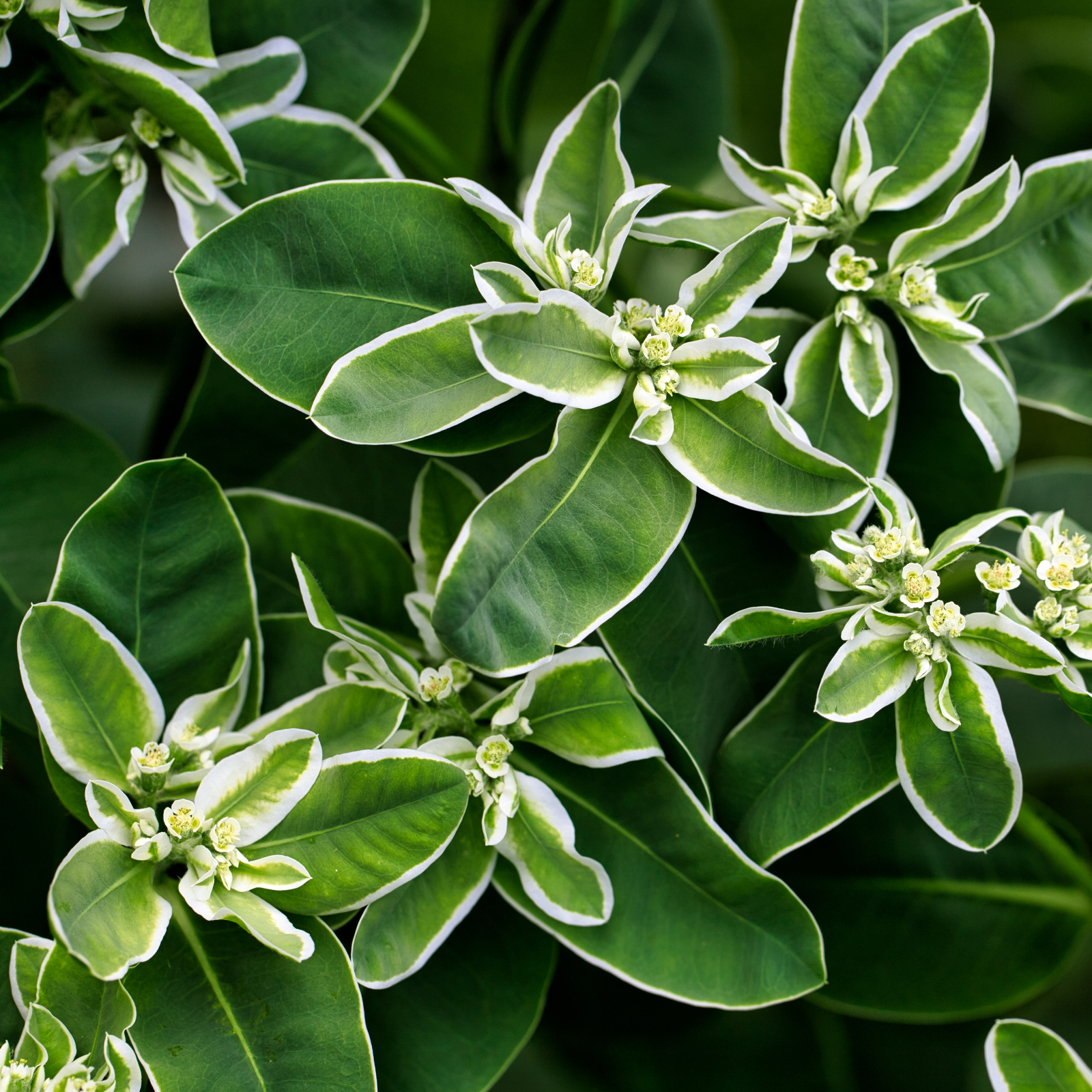 Snow On The Mountain (Euphorbia Marginata): Complete Care And Growing Guide
Snow On The Mountain (Euphorbia Marginata): Complete Care And Growing GuideSnow on the Mountain is a unique succulent plant that is native to North America. Learn all about Euphorbia marginata and how to care for it in your garden.
By Bonnie L. Grant
-
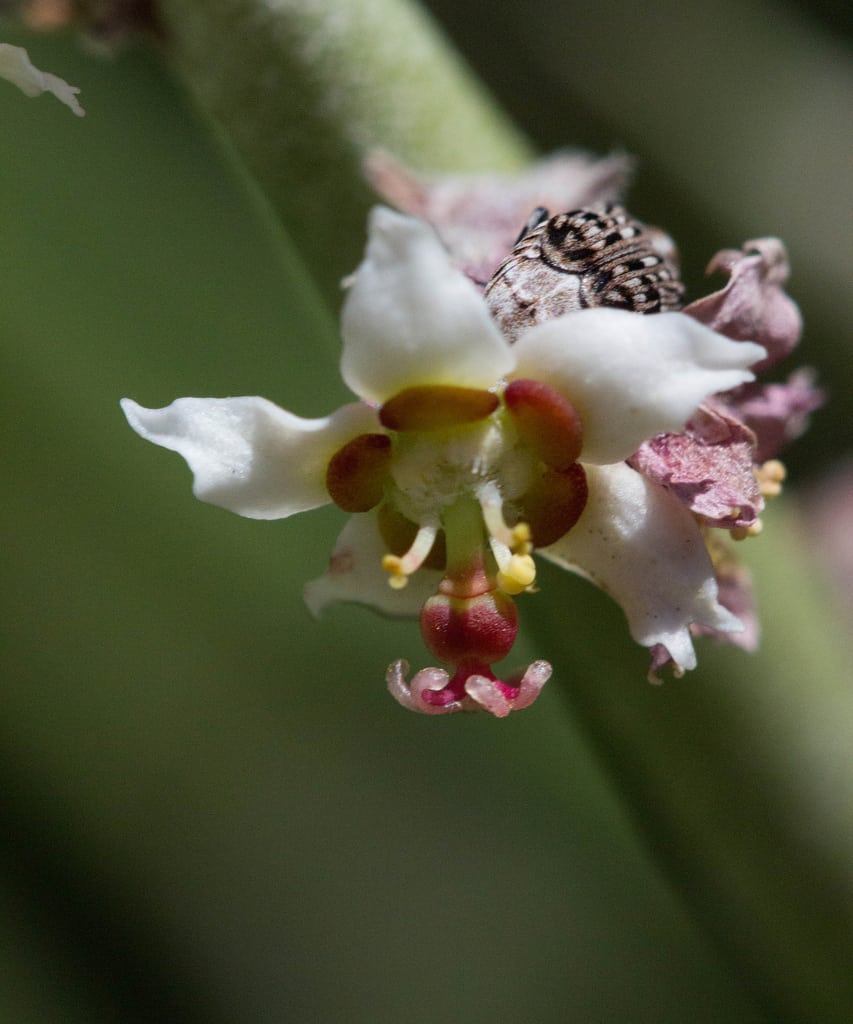 What Is A Candelilla Plant – How To Grow A Wax Euphorbia Succulent
What Is A Candelilla Plant – How To Grow A Wax Euphorbia SucculentSucculent lovers should definitely have a wax euphorbia succulent in their collection. There are no serious pests or disease associated with this plant and it has an ease of care which appeals to forgetful gardeners. Learn about growing a candelilla euphorbia here.
By Bonnie L. Grant
-
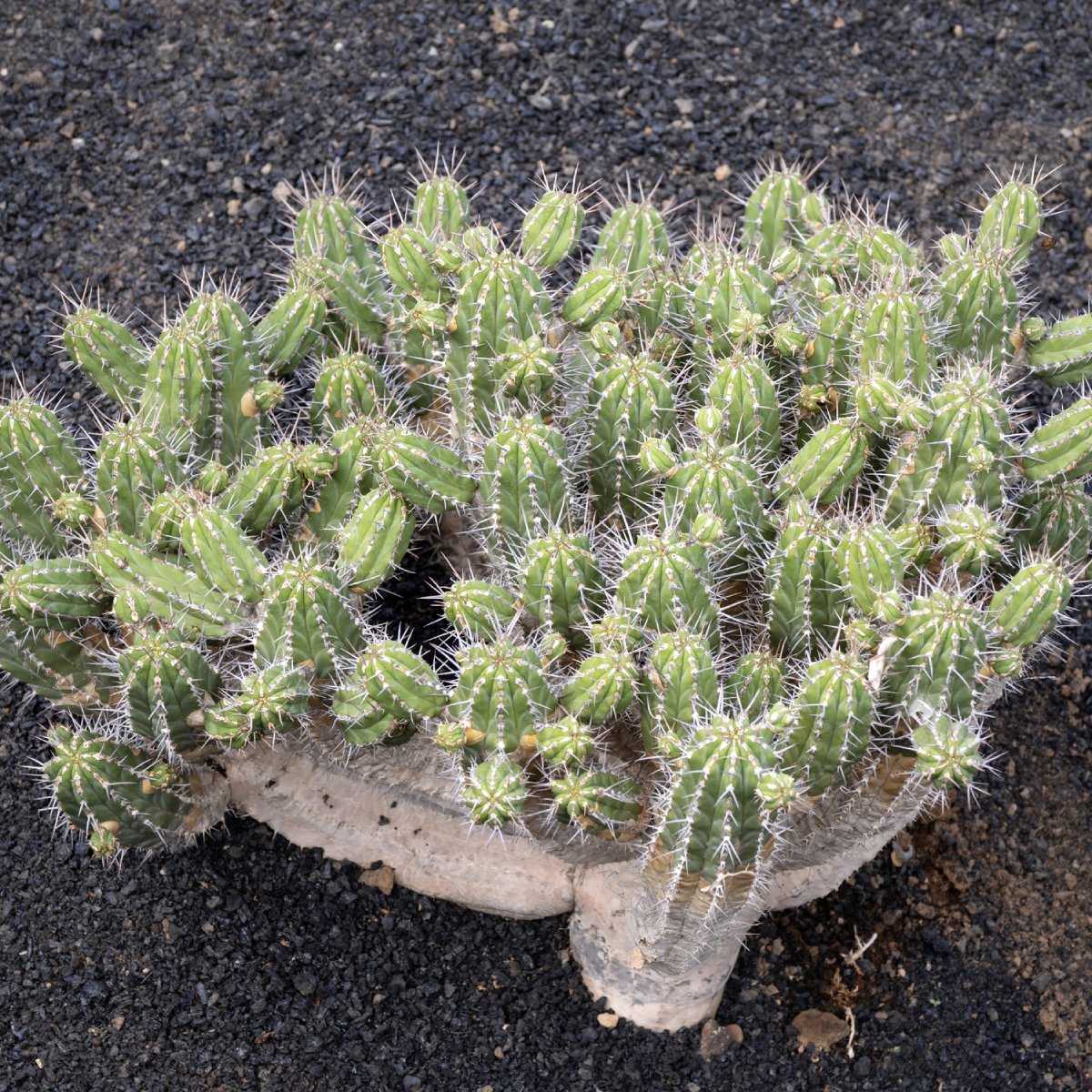 Moroccan Mound Succulents: How To Grow Euphorbia Resinifera Plant
Moroccan Mound Succulents: How To Grow Euphorbia Resinifera PlantBy Amy Grant
-
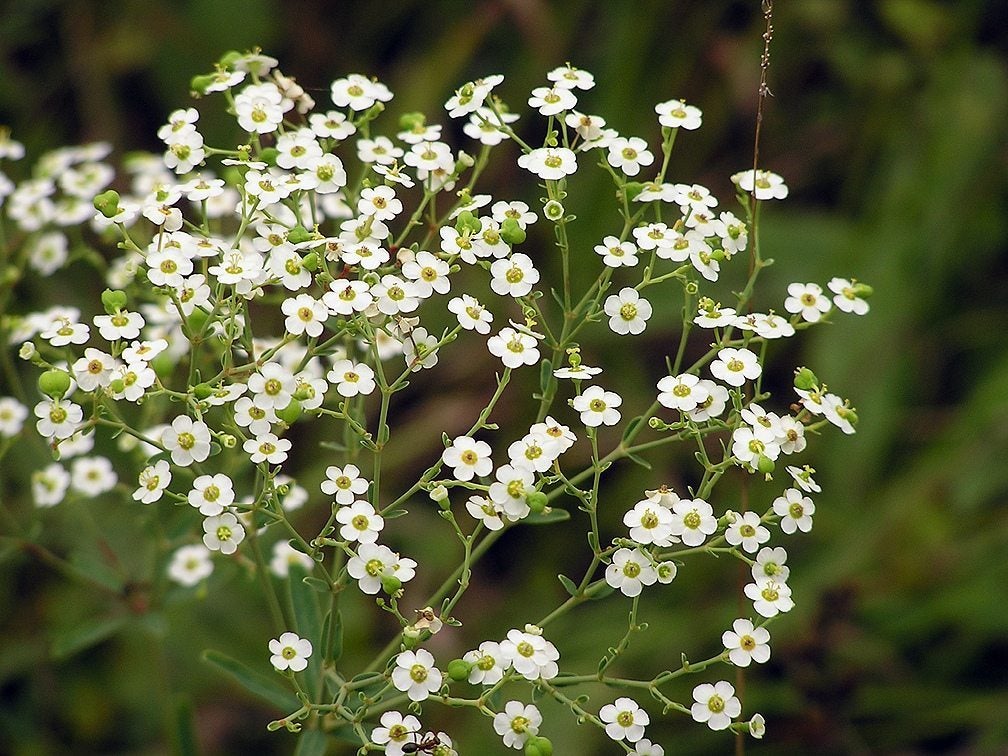 Flowering Spurge Info – Learn How To Grow Flowering Spurge Plants
Flowering Spurge Info – Learn How To Grow Flowering Spurge PlantsAlso known as baby's breath of the prairie, flowering spurge plants produce white, green-centered flowers from early summer to late summer. Growing flowering spurge isn't difficult as long as you can provide the right conditions. Click here to learn more.
By Mary H. Dyer
-
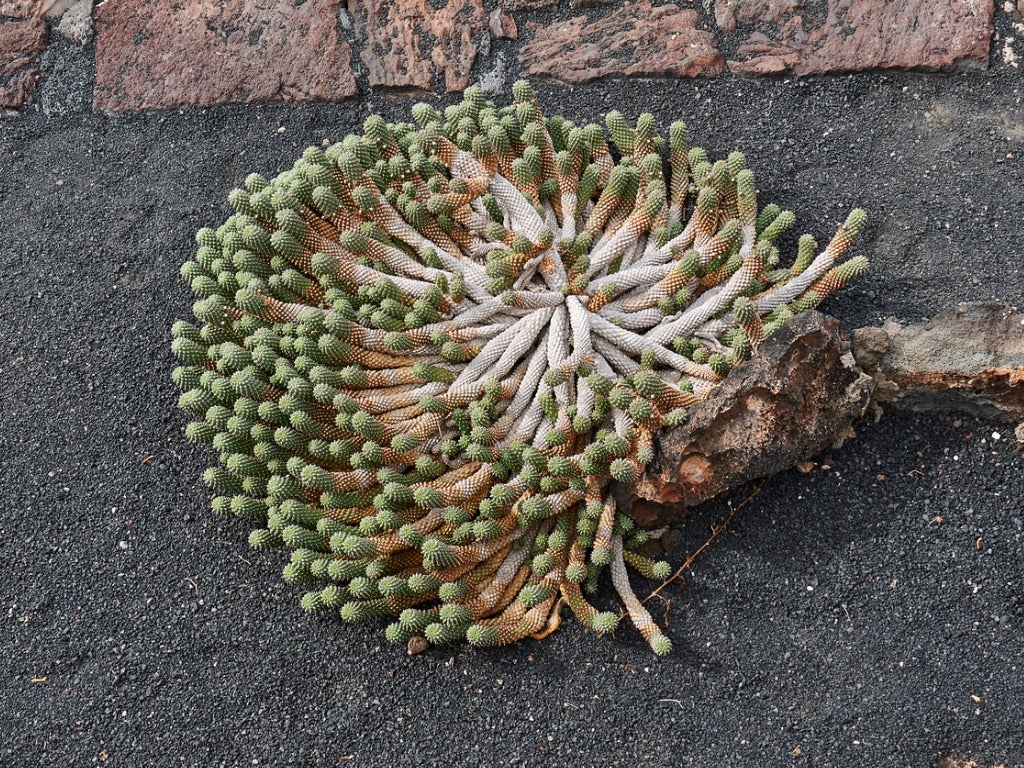 Euphorbia Medusa’s Head Care: How To Grow A Medusa’s Head Plant
Euphorbia Medusa’s Head Care: How To Grow A Medusa’s Head PlantThe genus Euphorbia boasts a number of fascinating and beautiful plants, and the Medusa's Head euphorbia is one of the most unique, with grayish-green, snake-like branches and yellowish-green blooms. Want to learn how to grow a Medusa's Head? Click here.
By Mary H. Dyer
-
 Caring For Dragon Bone Plants – Learn How To Grow Dragon Bones
Caring For Dragon Bone Plants – Learn How To Grow Dragon BonesDragon bone euphorbia is an elegant and structurally unique plant that can live on the patio in summer as long as it is brought indoors before cool temperatures arrive. Learn more about the plant and how to grow it in this article.
By Bonnie L. Grant
-
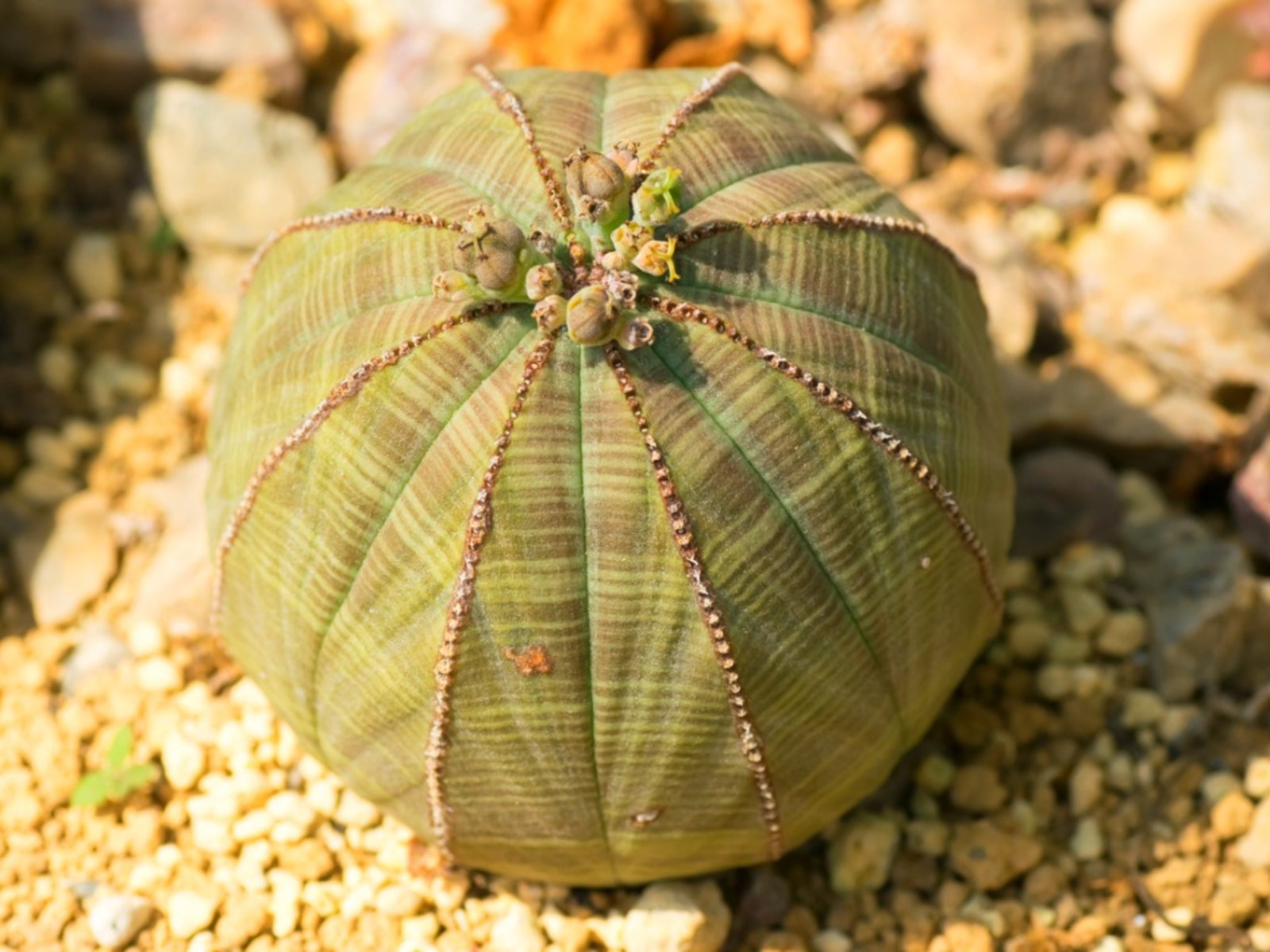 Baseball Plant Info: How To Grow Baseball Euphorbia
Baseball Plant Info: How To Grow Baseball EuphorbiaEuphorbia obesa, also called baseball plant, forms a ball-like segmented shape that is adapted to hot, arid climates. Euphorbia baseball plant makes an excellent houseplant and is low maintenance. Read here to learn more about it.
By Bonnie L. Grant
-
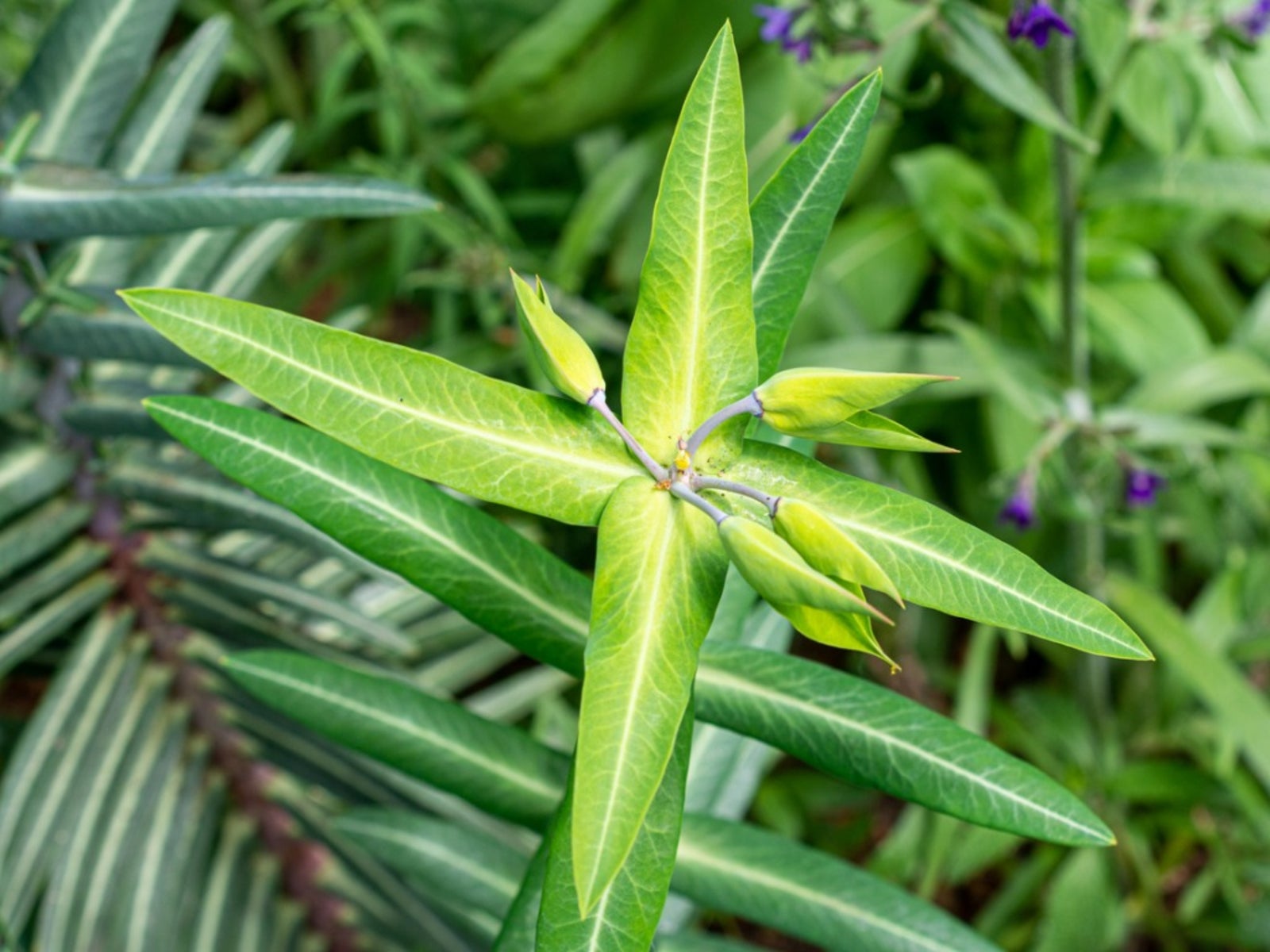 What Is Mole Plant Euphorbia: Information On Grow A Mole Spurge Plant
What Is Mole Plant Euphorbia: Information On Grow A Mole Spurge PlantYou've probably seen the mole plant euphorbia blooming in pastures or meadows, but if you're not familiar with the name, you may wonder, "What is a mole plant?". Read here to find out more.
By Becca Badgett